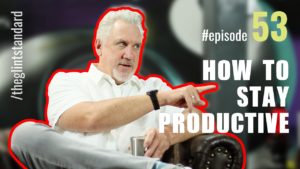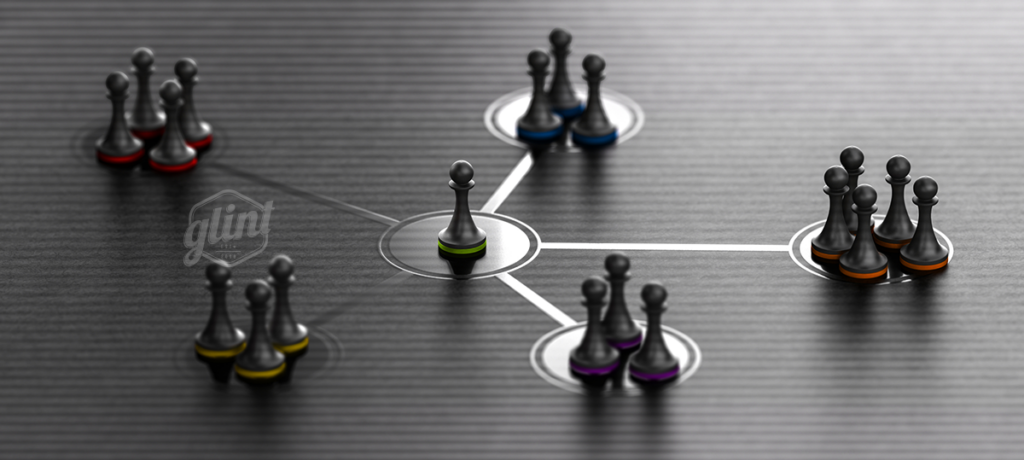By now, you have watched our podcast that takes a deeper dive into how you can reduce stress by managing your time better. Let’s take a closer look at the Eisenhower Matrix and a more strategic approach to getting things done — prioritizing. It worked for its namesake, Dwight Eisenhower, 34th U.S. president and five-star general. We have faith that his method may surely help lighten your load.
As mentioned, the Eisenhower Matrix is composed of four quadrants. Let’s move through each one and explain.
Q1 – The “Do” Quadrant: This piece of the task pie contains urgent and important tasks, which means you need to act quickly. They typically have a deadline and have consequences for not getting enough attention. Some examples of “Do” quadrant tasks include:
-
- Fixing a website crashing
- Writing a breaking news story
- Responding to a controversial social media post
- Correcting a misspelled word in a published piece
Beware of overloading yourself with too much in this quadrant. Experts link burnout to putting out too many fires, usually included in Q1. Don’t fall into “escapism” tasks in Q4 because you are running from Q1 tasks.
Q2: The “Schedule” Quadrant: Place important but not urgent tasks in this quadrant. Completing these tasks will put you in a better position to achieve long-term goals. Q2 is also the space to perfect your time management techniques. There is less pressure on more focused quality work. Dig deep, right here. Examples of “Schedule” quadrant tasks include:
-
- Project planning
- Regular maintenance work
- Networking and professional development
Q3: The “Delegate” Quadrant: Tasks in this quadrant are urgent but not important, often described as busy work. These tasks need to get done but don’t affect your long-term success. When looking at a task, ask yourself whether it needs your involvement. If the answer is “no,” place it in Q3. Someone on your team can handle the item, perhaps better than you. Examples of “Delegate” quadrant tasks include:
-
- (Some) meetings
- Immediately checking your phone and email
- Responding to certain emails and phone calls
- Entertaining distractions
Too much time spent here will make you feel like you are neglecting your goals and have lost control. Turn off your notifications, communicate your time management solutions to your coworkers to reduce interruptions, and save Q3 tasks for when you have low energy or first thing in the morning as you build your stamina.
Q4: The “Delete” Quadrant: This quadrant allows you to see items that are not important and not urgent. Declutter your life by eliminating the tasks in this pile from your to-do list. These activities don’t contribute to achieving your goals and can waste time.
You are allowed downtime, but keep it to a minimum. If you spend time here, be intentional lest you drain your drive. Here are examples of tasks to slash:
- Refreshing your social media feeds and scrolling
- Shopping online and browsing
- Sorting and organizing mail
Q4 is for immediate gratification, but know that immediate gratification is not always fulfilling.
Parting thoughts:
- It’s time for better planning if you spend too much time in Q1 or the “Do” quadrant. Consider a weekly review and reflect on how well you executed your plan. Is there room for adjustments?
- Eliminate and limit your time in the “Delegate” quadrant or Q3. Learn how to say “no,” and consider empowering a team member. Or, could you group these tasks and tackle the group in an afternoon?
- You may be in a rut if you spend most of your time in the “Delete” quadrant or Q4. Are you avoiding something? Get better acquainted with unhealthy procrastination and how to prevent it.
Hopefully, the road to prioritization and getting things done is clearer with this deeper dive into the Eisenhower Matrix and its four quadrants of action.
If the thought of taking time to organize a project or multiple projects is overwhelming, enlist the help of a partner like Glint Advertising. We are more than a creative agency but working professionals with drive.









